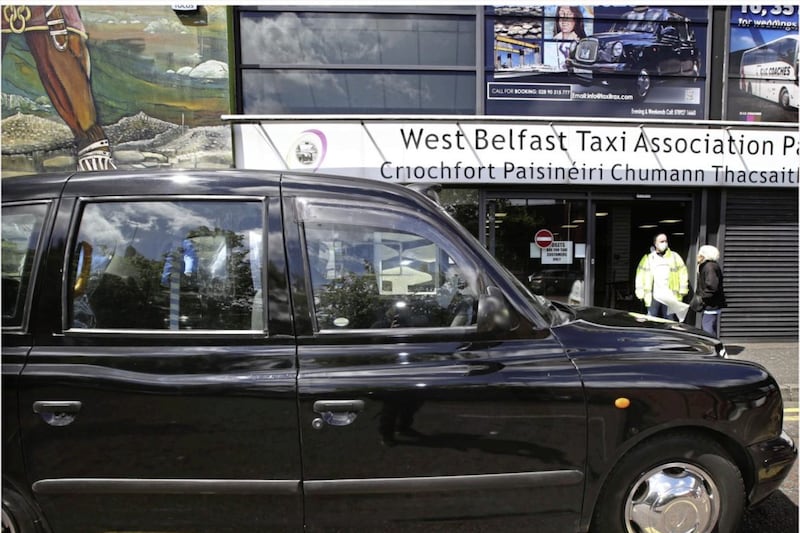A long term plan is needed for community transport to make it more widely available, it is argued as it emerged more than £40 million was spent by health trusts and the ambulance service on taxis over the last five years.
Close to £7m was spent where taxis were sent to collect a patient instead of an ambulance, increasing by more than ten-fold from five years ago.
The Northern Ireland Ambulance Service (NIAS) said the increase in spend on taxis from £206,000 in 2019/20 to £2.2m in the last financial year was due to “significant reduction” in voluntary drivers during and since the pandemic.

But an organisation representing community transport partnerships is questioning the amount of public money spent on taxis.
Noeleen Lynch, director of the Community Transport Association (CTA), told the BBC: “While we acknowledge the gaps in public transport infrastructure and the occasional necessity of taxis, we must scrutinise whether allocating £40m to taxi services is the most cost-effective use of Department of Health funding.”
The figures were revealed in an Assembly answer to a question by the Alliance Party’s Kellie Armstrong.

Nuala McAllister MLA, Alliance’s health spokesperson, said the spend on taxis “just illustrates how departments must work together to transform our health service, making it better, more effective, and more efficient for all service users”.
Ms McAllister added: “We urgently need a long-term plan for community transport, and making it widely available throughout NI.
“Regardless of where a person lives, anyone who needs to avail of community transport in order to attend their hospital appointments should have access to such services.”
The overall spend by health trusts and the ambulance service has increased from £6.7m in 2019/20 to £9.9m last year, peaking at £10.4m in 2022/23.
Infrastructure Minister John O’Dowd said: ”When I look at the costs that some of my executive colleagues face in providing transport, particularly for patients in the health service, I see that community transport could play a vital role in providing a cost-effective alternative.” His department funds community transport, spending £2.3m this financial year.

Rural community transport partnerships make about 200,000 journeys annually, transporting passengers for shopping but also medical appointments.
An NIAS spokesperson said: “At NIAS, our primary objective is to ensure that patients receive timely, reliable, and safe transportation to their healthcare appointments. The substantial expenditure on taxi services reflects our commitment to meeting this need.
“However, we recognise the importance of exploring more cost-effective and sustainable solutions, especially in these challenging financial times.”

The Licensed Taxi Operators Association said 6,000 to 8,000 journeys a week for health care appointments are made by drivers.
Stephen Anton, a spokesperson, told the BBC: On first impression, the £40m over five years seems and is, a substantial figure.
“When considered on an annual basis, and accounting for a slightly higher per journey fare reflecting the extra time and care that many healthcare patients require, it represents good value when the number of journeys completed are calculated.”








